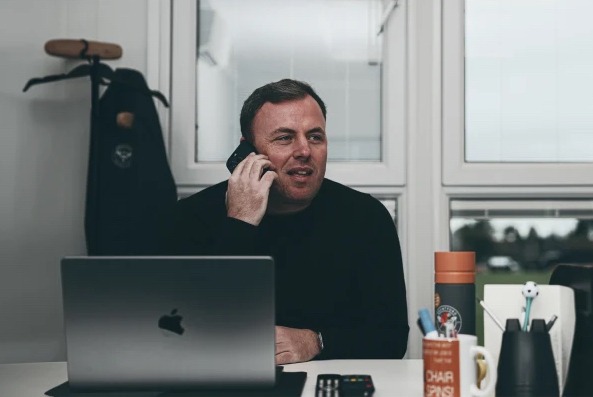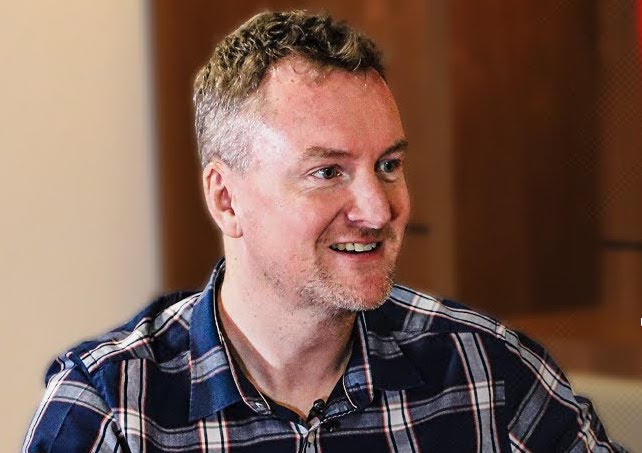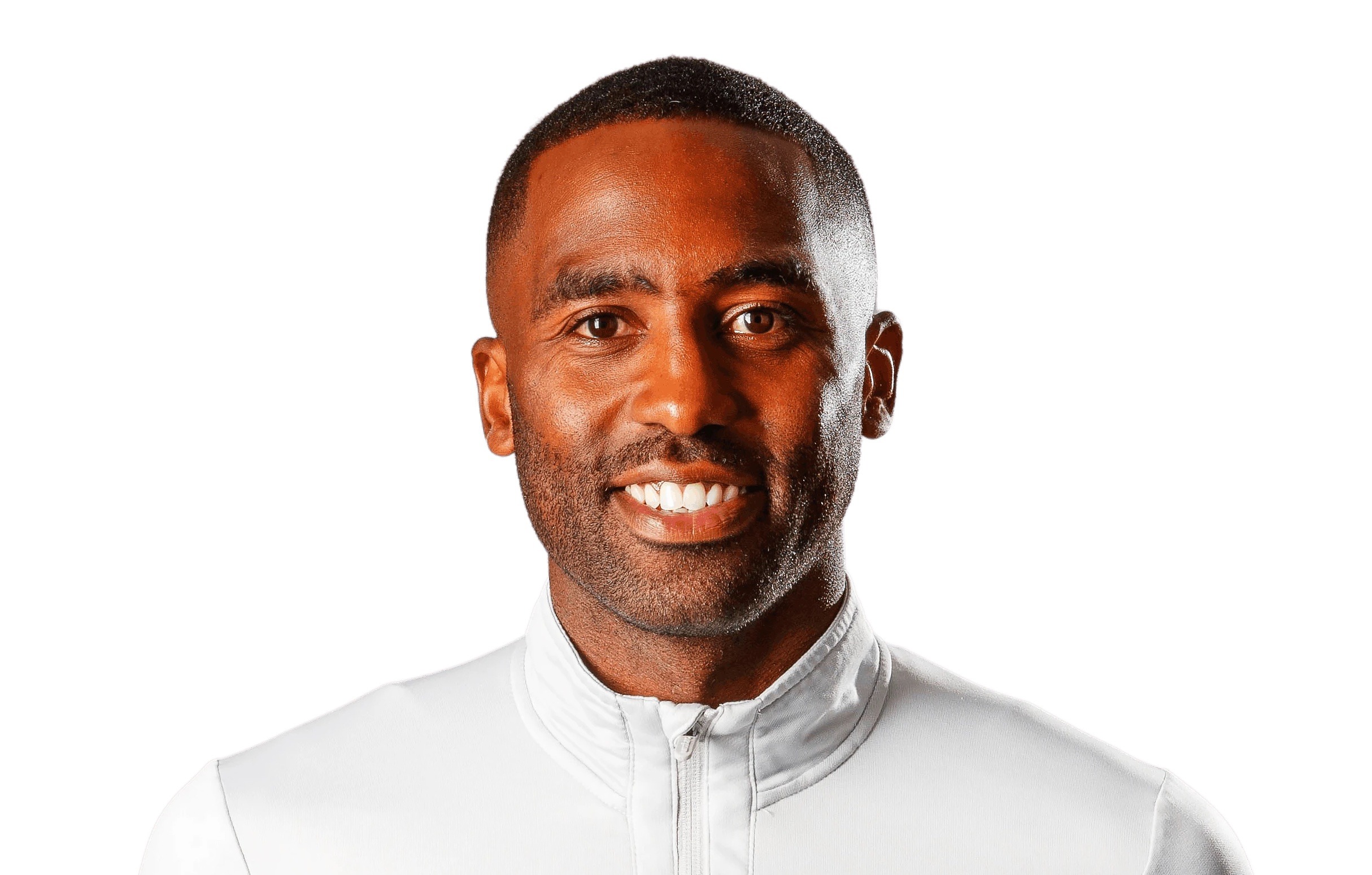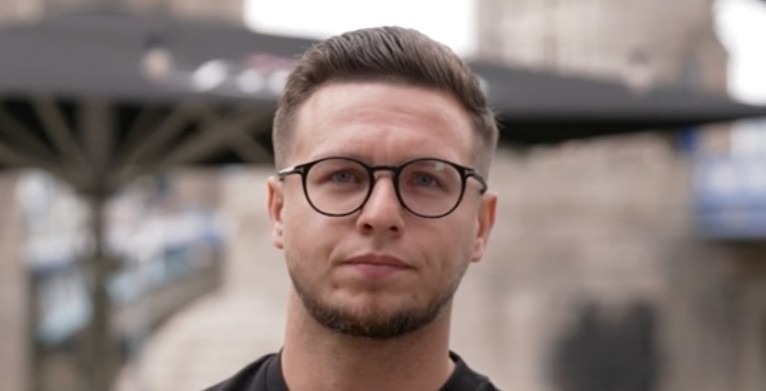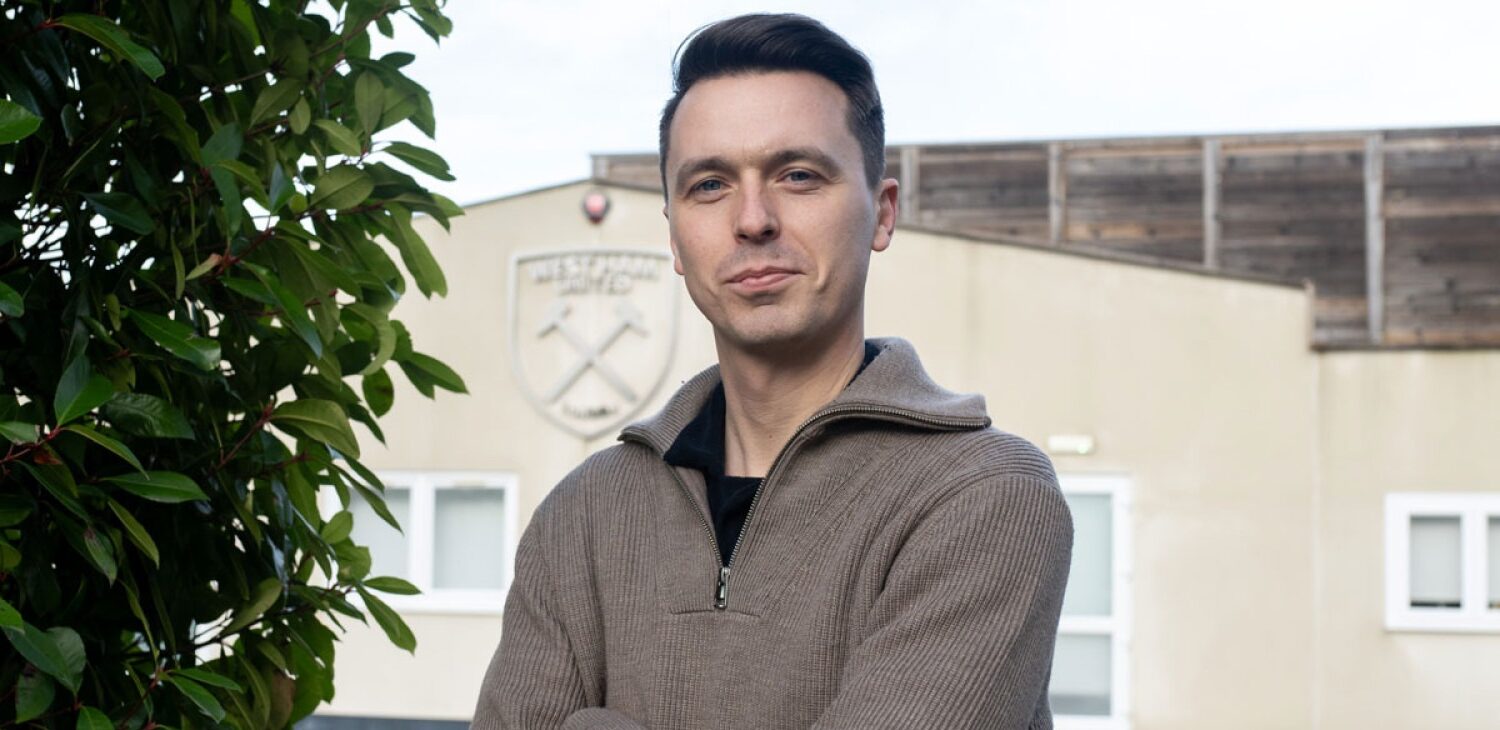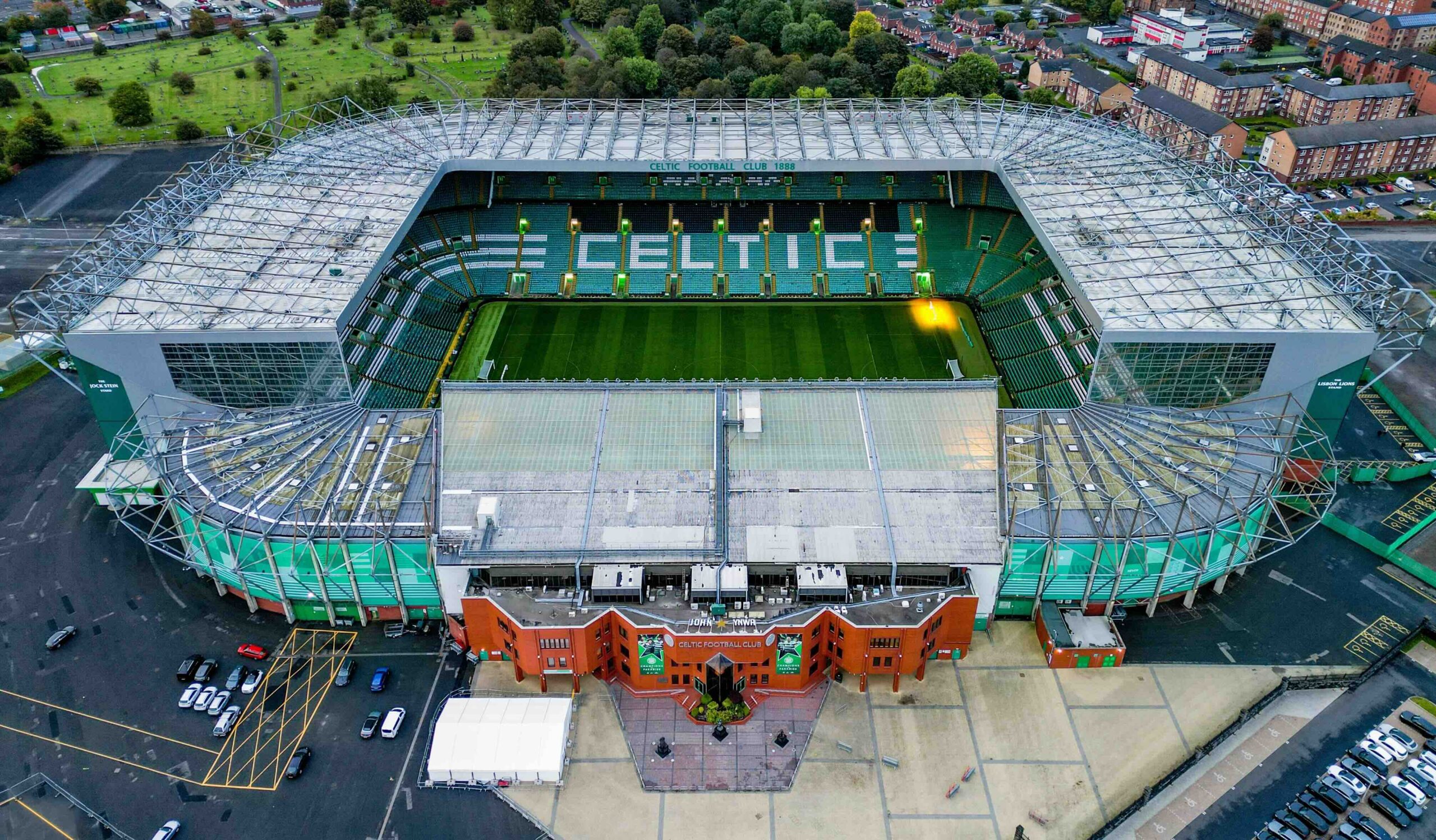Written by
Training Ground Guru
November 7, 2023
Brentford Technical Director Lee Dykes has outlined the club’s ‘seven stages of recruitment.’
The 2024 January transfer window was Dykes’ fourth in his current role and his 10th at the club since he joined from Bury in 2019.
In an article for the club’s programme, he laid out the club’s recruitment process, which has helped them land gems like Ollie Watkins, Saïd Benrahma, David Raya and Ivan Toney.
1. Data/ scouts filter 85,500 players into 16 positions
“The first stage is narrowing down the 85,500 players that we cover to our 16 positions on the pitch, with the criteria that we set per position,” Dykes said. “That happens from an objective perspective, from data, and also subjectively from all of our scouts around the world.”
Dykes has previously explained how and why Brentford use this framework of 16 positions.
“I do believe there are 16 positions on the pitch,” he told The Athletic in July 2021. “For example, there’s an 11 and an 11a. It’s a left winger – the 11 is Ryan Giggs, outside, left-footed; the 11a is Cristiano Ronaldo, coming in and playing almost like a striker.
“I built this system because it’s too easy for scouts to say, ‘There’s the top three wide players.’ No, because in the past two seasons and the one before, Brentford have changed formation at critical points.
“The 16 positions mean we’re never caught out.”
Dykes has also previously spoken about the fact that Brentford have their own proprietary data from owner Matthew Benham – and explained the advantage of this.
“The coolest thing about the data is it’s Matthew’s,” he said. ” It is unique. We are using the numbers our way. A lot of people that say they have data are correct, but it is a shared resource with other clubs. Where is the marginal gain there?”
2. Lead Scouts narrow down to four players per position
Dykes explained: “Then you start to go into the second stage, which is the Lead Scouts working with the data around the world, in certain territories and regions, and putting down what they believe their top four players per position could be.”
Brentford have Lead Scouts in territories around the world. For example, Simon Tracey is the Lead Scout for Germany and Mick Priest, a UEFA Pro Licence holder, is the Lead Americas Scout.
England is split into regions, with Marcus Bean the Lead South Scout, for example.
3. Identifying priority position/s
Dykes: “Phase three is, from those top four per 16 positions, what’s the priority position we are looking for? And who are the ones that we’re really interested in?”
4. Dykes/ assistants decide best two or three per position
Dykes: “Stage four is me and two key members looking over that, comparing those players, and coming up with the best two or three players in all of the 16 positions.”
5. Identifying priority players
Dykes: “Then you start working towards stages five and six, where we’ll look at those specific positions and players, and decide which is our priority.”
6. Coaches come into the mix
This isn’t a case of players being identified and signed without the knowledge and input of the coaching staff though. Dykes explained that Head Coach Thomas Frank and his assistants (Claus Nørgaard, Kevin O’Connor and Justin Cochrane) come into the mix at stage six – as well as B Team Head Coach Neil MacFarlane and his assistant Sam Saunders.
“Then Thomas (Frank) will be involved in those conversations, giving his thoughts and feelings,” Dykes said. “The other coaches – Claus Nørgaard, Kevin and Justin, or Neil and Sam – will be asked to assess the players, find out their opinions, and get their buy-in.”
7. Pursuing targets
The final stage is to identify the target/s and to try and sign them. The final identification is done by Dykes in combination with Frank, Director of Football Phil Giles and owner Benham. The final recruitment will fall on the shoulders of Dykes, Giles and Benham.
“Finally, stage seven will be a final conversation between myself, Phil and Thomas, where we will go, ‘Right, this one, this one, and this one’, based on playing ability and potential, but also financial availability,” Dykes said.
“Between me and Phil, we’ll decide who takes each individual deal forward, and we’ll try and recruit that player. In the end, it will be Matthew’s decision with close guidance from Phil. He is a fantastic owner who generally backs us and trusts the process, but he does like to look at the information himself and give his opinion too.”
There inevitably has to be an element of selling the club to the player and his agent, as well as vice versa.
“It’s a responsibility from myself, Thomas and Phil to really go deep on the detail,” Dykes said. “It’s also really cool if you can sit in front of a player and nail their strengths, nail their development areas, and they align with that.
“We then talk to them about their role with us and how we see it going, best case, and where their future could be. Maybe after two or three years with us, they could go on to a higher level. But, equally, we can go on a journey together; we have lofty ambitions as well.”
Sales
The flip side of signing players is, of course, selling them.
“Phil will lead on the sale side of things and speak with Matthew,” Dykes explained. “It also has to be right with Thomas. We won’t sell a player unless we are ready to sell. We will make sure that the team’s okay and the club’s okay before we even entertain situations like that.
“But a sale might also may be good timing for a player pathway situation inside the club, or a new acquisition. We sit in front of every player and say that, if your career goals are above and beyond us, at the right time and if your valuation is met, then we will be open to listening to the numbers. But it’s got to be right for all parties.
“There’s a lot of thinking and planning that goes into a sale of any potential player at your club. It’s not just a case of, you get a bid and say, ‘Oh, that’s nice, we’ll accept it’.
“We look at how it’s going to affect the club, the team, the morale around the place, new acquisitions, player pathways underneath from the B team and the Academy.
“There’s always a willingness from Brentford to do what’s right. So if a deal is there to be done, then we are more than willing to play ball, which the club have proved with Ollie, Saïd and David.
“But, equally, we will try and hold on to players so that we maximise their potential with Brentford. We will know when that point is.”
Follow Us
For latest updates, follow us on X at @ground_guru
